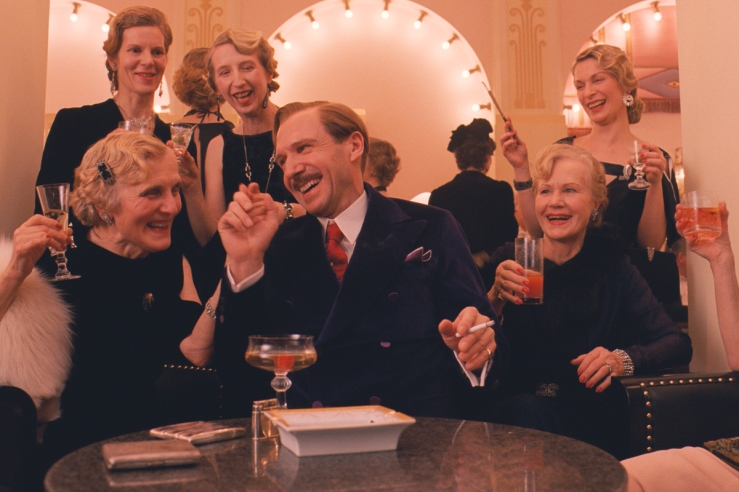Seeing was a great introduction to the fundamentals of photography and basic functioning of a camera itself. It was so easy for me to understand and we always were given live briefs which helped me to practice a lot and clarify all the doubts I had during the sessions. At this point in the course, I wasn’t good at editing. My submission for this part of the module was okay but not great due to lack of editing skills; I didn’t do any colour correction, I didn’t know how to adjust exposure, sharpen, etc.
A day in the life was a great project. My struggle was to find a subject that agrees to do this with me. I approached a lot of people who turned me down. But eventually, I got a subject to agree with, where we are still friends. My subject was a drag queen which for me was fascinating. Since its set in a bar, the lighting was quite low which was challenging for me and I struggled a little, but the images came out pretty good. A low-light and night photography session might have been helpful. Introduction to the 5-picture story gave me ideas on how one event can be taken in different ways, it broadened up my perspectives. My favourite part of this part of the module was that we got introduced to a lot of photographers and photojournalists who did longer projects, where we also end up doing a presentation on one among them. It gave me an insight into how the professionals work. Looking through their contact sheets gave me a gist on their thought process of why they chose a certain image of all the shots. I wish we had a presentation on our own projects which might have been a bit stimulating. And at this point, my editing skills have gone better, as I was always practising after getting feedback for my seeing submission.
My favourite hand-in so far is the portraiture. It was a great experience; to learn studio lighting in and outdoors, using modifiers and taking pictures of more strangers, which I thought would be challenging, was actually not that challenging. I also learnt how to analyse and guess the lighting by just looking at the portraits of well-reputed photographers. My photography skills, editing skills and even my interpersonal skills with strangers have gone better than the narrative submission.
Moving image was surprisingly fascinating for me. Apart from a lot of time consumption for post-production, I quite enjoyed it. The idea of spending hours, putting together, sequencing and trim to the background music was never appealing to me. But I end up doing more practising of moving images just in my smartphone just to get a grasp of it. Workshops were extremely useful apart from the fact that it was too slow-paced.
As for someone with less to no experience with professional photography and has not utilized a camera to its fullest potential in the beginning of the course, this module has helped me to engage into key fundamentals of photography from seeing, to communicating and working with people who are complete strangers and to sequencing of visual stories with both stills and moving images. I am satisfied with what I have learnt in this module and will be practising more to be a better photographer.




















 As you can so, the background is fixed for visual continuity. And I got close to them, just a couple of feet away from the subjects. But the lighting kept changing since the clouds were passing by. So some of the images where ‘overexposed’ or too bright. A couple of images were not sharp in the eye, or too close. On the whole, I am satisfied with what I have taken.
As you can so, the background is fixed for visual continuity. And I got close to them, just a couple of feet away from the subjects. But the lighting kept changing since the clouds were passing by. So some of the images where ‘overexposed’ or too bright. A couple of images were not sharp in the eye, or too close. On the whole, I am satisfied with what I have taken.








 The natural light was too dark since it was a cloudy outside So I struggled a lot working around the lightings of the gym which is on the ceiling facing downwards which tends to create a lot of shadows on the subject’s face. So I told her to pose buy lifting the kettlebell and do a semi-squat so her top half of the body, especially her face, comes forward so there will be less shadow. I did brighten her face a little in the post-production and this is the final image for environmental portraiture with the natural lighting.
The natural light was too dark since it was a cloudy outside So I struggled a lot working around the lightings of the gym which is on the ceiling facing downwards which tends to create a lot of shadows on the subject’s face. So I told her to pose buy lifting the kettlebell and do a semi-squat so her top half of the body, especially her face, comes forward so there will be less shadow. I did brighten her face a little in the post-production and this is the final image for environmental portraiture with the natural lighting.











